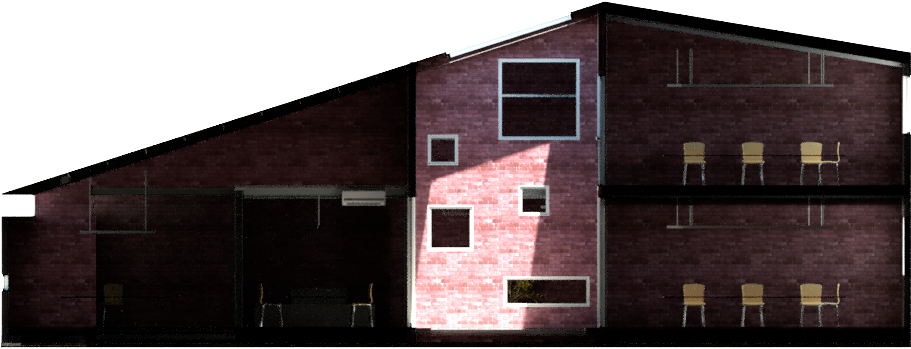Symptoms of Sick Building Syndrome
Sick building syndrome (SBS) is a term used to describe health symptoms associated with poor indoor air quality. These symptoms can be caused by a variety of factors, including mold, allergens, chemicals, and smoke.
Symptoms of SBS can vary depending on the individual's sensitivity and the severity of the problems in the home. However, some common symptoms include:
- Respiratory symptoms: Sinus congestion, cough or shortness of breath, increased use of asthma inhalers or other medications.
- Emotional changes: Mood changes, feeling agitated, depression.
- Cognitive problems: Frequent headaches, difficulty concentrating, sleep disturbances, short-term memory loss.
- Physical symptoms: Digestive upset, muscle and joint pain, extreme fatigue, always feeling unwell, skin irritation, night sweats, rapid heartbeat or palpitations.
Causes of Sick Building Syndrome
The most common causes of sick building syndrome include:
- Mold: Mold can grow in moist environments, such as in a home with water damage. Mold can cause respiratory symptoms, such as sinus congestion, cough, and shortness of breath.
- Allergens: Allergens, such as pollen, pet dander, and dust, can build up in the home and cause allergic symptoms, such as sneezing, runny nose, and itchy eyes.
- Chemicals: Chemicals, such as pesticides, solvents, and cleaning products, can be released into the air and cause health symptoms, such as headaches, dizziness, and nausea.
- Smoke: Tobacco smoke, cooking smoke, and smoke from other fuel-burning appliances can cause respiratory symptoms, such as sinus congestion, cough, and shortness of breath.
How to Fix Sick Building Syndrome
To fix sick building syndrome, it is important to identify and eliminate the causes of the symptoms. Some measures that can help improve indoor air quality include:
- Fixing moisture problems: Eliminating sources of moisture, such as water leaks and water damage, can help prevent the growth of mold.
- Removing allergens: Regularly vacuum and dust your home to remove dust and other allergens.
- Avoiding toxic chemicals: Use non-toxic and environmentally friendly products.
- Not smoking inside: Tobacco smoke is one of the leading causes of sick building syndrome.
If you suspect that your home may be affected by sick building syndrome, consult with a doctor or air quality professional. They can help you identify the causes of your symptoms and make recommendations on how to improve indoor air quality.

Tags
Related news

10 Innovative Ways to Use IAQ Data for Healthy Buildings
Closing the Gap Between Data and Action For forward-thinking organizations, improving Indoor Air Quality (IAQ) is a strategic priority. IAQ...
View detail
Designing the Mindful Home: From Matter to Energy
A mindful home is not merely a place to live — it is a conscious space, where every line, material,...
View detail
Body – Mind – Qi: The Foundation of Healing Architecture
The home is not only a shelter for the body but also a space that nurtures the soul and life...
View detail





